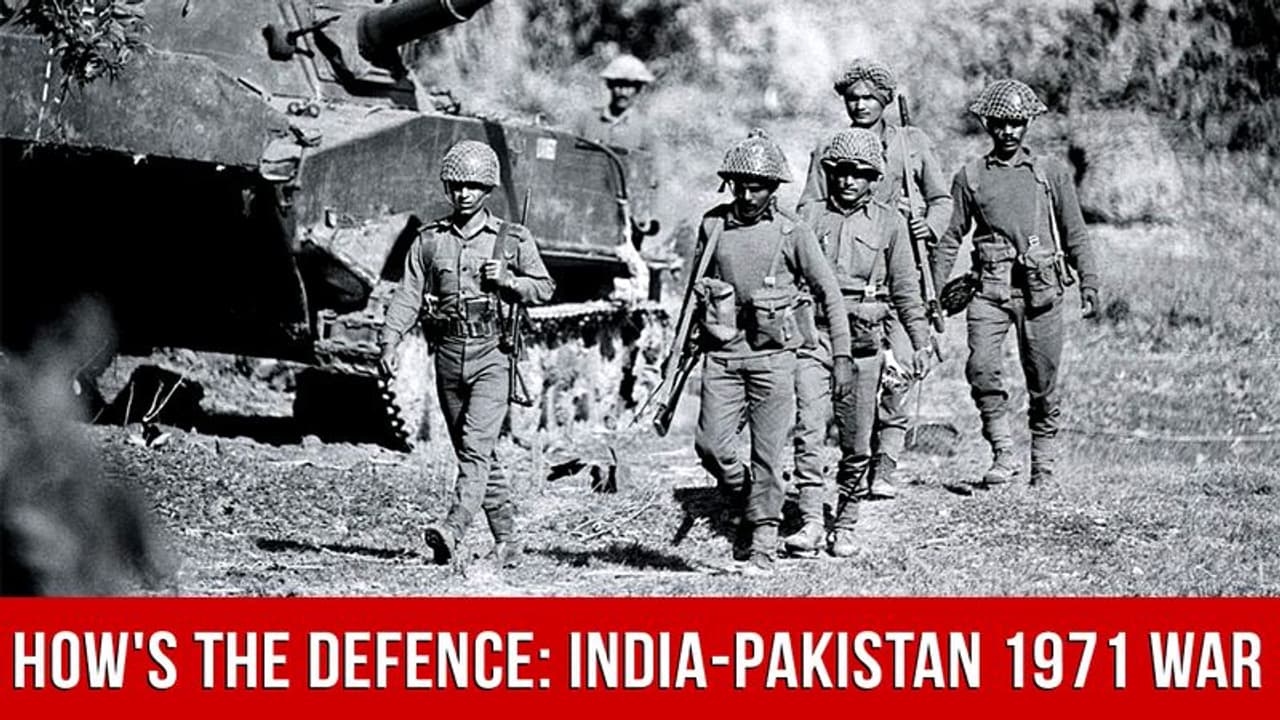In 1971, India conducted nationwide civil defence drills to prepare civilians for the impending war with Pakistan. These measures played a crucial role in safeguarding the population and maintaining national morale during the conflict.
On May 7, India conducted 'Operation Abhyaas', its first nationwide civil defence drill since 1971, across 244 districts to enhance emergency preparedness amid rising tensions with Pakistan, echoing historic measures taken during the Indo-Pak war.

In 1971, as tensions escalated between India and Pakistan, the Indian government initiated extensive civil defence drills across the country. These exercises were designed to prepare civilians for potential wartime emergencies, reflecting the nation's commitment to safeguarding its people during a period of imminent conflict.
The prelude to war
The early 1970s were marked by political unrest in East Pakistan (now Bangladesh), where demands for autonomy led to widespread civil disobedience. The Pakistani military's crackdown resulted in a humanitarian crisis, with millions of refugees fleeing to India. This influx strained India's resources and heightened tensions between the two nations.
Implementing civil defence measures
Anticipating the possibility of war, the Indian government, under Prime Minister Indira Gandhi, launched nationwide civil defence drills. These included blackout exercises, air raid siren tests, and evacuation simulations. Citizens were educated on safety protocols, and critical infrastructure was assessed for vulnerability. The drills aimed to ensure that the civilian population was prepared for any eventuality.
The 1971 drills were a response to the Indo-Pak war, during which India undertook extensive measures to protect its citizens and infrastructure. Notably, the Taj Mahal was camouflaged to shield it from potential airstrikes, symbolizing the nation's commitment to preserving its heritage and people
The outbreak of war
On December 3, 1971, Pakistan launched pre-emptive airstrikes on Indian airfields, prompting India to respond militarily. The ensuing conflict, known as the Indo-Pakistani War of 1971, lasted 13 days and resulted in the creation of Bangladesh. The civil defence measures in place helped mitigate civilian casualties and maintained public morale during the hostilities.
Legacy of the 1971 drills
The 1971 civil defence drills were a testament to India's proactive approach to national security. They demonstrated the importance of civilian preparedness in times of conflict and set a precedent for future emergency response strategies. The success of these measures underscored the value of involving the populace in national defence efforts.
In recent times, India has revisited the concept of civil defence drills to address contemporary security challenges. The lessons from 1971 continue to inform current practices, emphasizing the need for readiness and resilience in the face of potential threats.
Operation Abhyaas serves as a stark reminder of the importance of preparedness in the face of potential threats. By revisiting and revitalizing civil defence strategies from the past, India demonstrates its unwavering commitment to safeguarding its citizens and maintaining national security.


